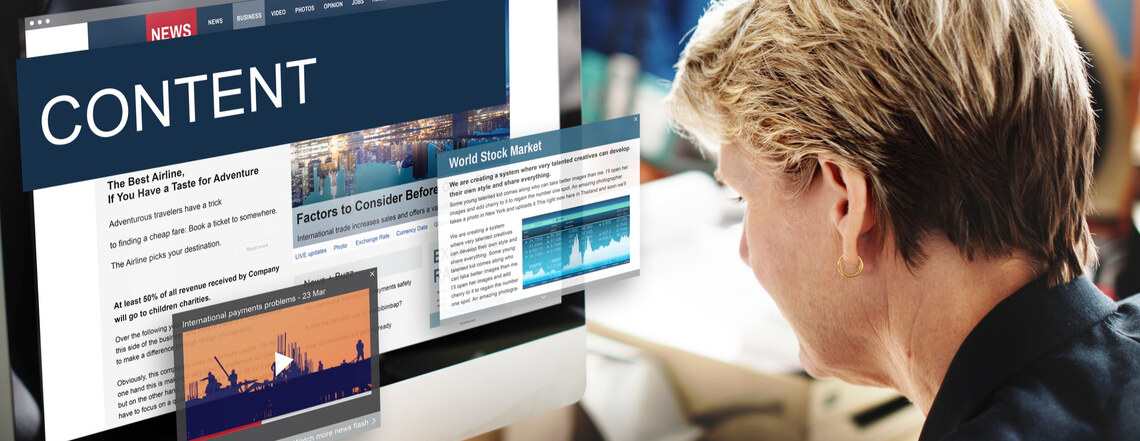For strong audience engagement, your readers need clear formatting just as much as they need good content. To drive success, find the balance.
Your audience engagement is down, and nobody is reading your blog posts.
Well, some people are, but not most. Nearly three in four readers admit they skim blog posts rather than read thoroughly. With that in mind, what can you do to speak to them most effectively?
Apart from ensuring your content is worth reading, you might be surprised to learn that formatting can play a big role in audience engagement. These smart formatting tips should become a vital part of your content marketing strategy.
1. Tear down that wall
If you’ve ever arrived on a web page to find a “wall of text,” you know how off-putting it can be. Short paragraphs with a little whitespace in between can make reading an article seem much less daunting. As a rule of thumb, a good target length is 2-4 sentences, and it’s easier to hit if you stick to just one main idea per paragraph.
2. Guide the reader with headings
The Nielsen Norman Group has noted that “in the absence of any signals to guide the eye, [readers] will choose the path of minimum effort.” You can direct readers through your content with headings and subheadings that are informative, tell a story or echo questions they’re likely to ask. Essentially, headings help divide the text into manageable chunks.
The most popular blog post format for business blogs is the listicle, which uses a numbered heading for each key point. The article you’re reading now is just one example.
 3. Make key ideas easy to find
3. Make key ideas easy to find
Remember, most readers skim rather than read every word, so they find concise, scannable text more usable and therefore more appealing. Consider using headings, bullet points and numbered lists to make content formatting more easily digestible and further break up blocks of text.
4. Increase audience engagement with images
With images, your content will look more complete. Beyond interrupting the monotony of text, images can round out your message by adding humor or illustrating a point.
Adding at least one image makes your content more likely to be shared on social media, further advancing your audience engagement efforts. In fact, posts on Twitter that contain images get 150% more retweets than those without pictures.
5. Aim for legible and readable text
Imagine your readers squinting while turning their heads to scan from one side of the screen to the other. You can avoid this scenario by:
- Choosing a good typeface. It should be easy to read on a screen and large enough without looking childish. Leave a little space between lines and limit column width for faster reading.
- Resisting excessive emphasis. All caps, frequent italics and colored fonts make your content look cluttered and can overwhelm the reader. They can even make you seem less credible. Conversely, bold text used sparingly can help emphasize headings and key ideas.
6. Link sources strategically
Like bold text, hyperlinks can draw attention to keywords. They do this most adeptly when they’re easily recognizable and linked to a short, specific, relevant phrase rather than an entire sentence. (“Click here” doesn’t meet these standards.)
Formatting is part of a competitive content marketing strategy
Inspiring audience engagement can be a challenge when so many readers only glance through your content. But by making deliberate formatting decisions to support a thoughtful content marketing strategy, you can overcome this obstacle and win the trust and interest of your readers.
Need help?
If you have a content marketing program or are planning one, download our eBook 100 Mistakes Businesses Make When Starting, Optimizing and Scaling Content Marketing Programs.
This eBook will walk you through the mistakes of hundreds of other companies and the challenges they faced in implementing their content marketing programs. To learn more about how Tempesta Media can help you streamline your content creation process and deliver quality content at scale, contact us today.











